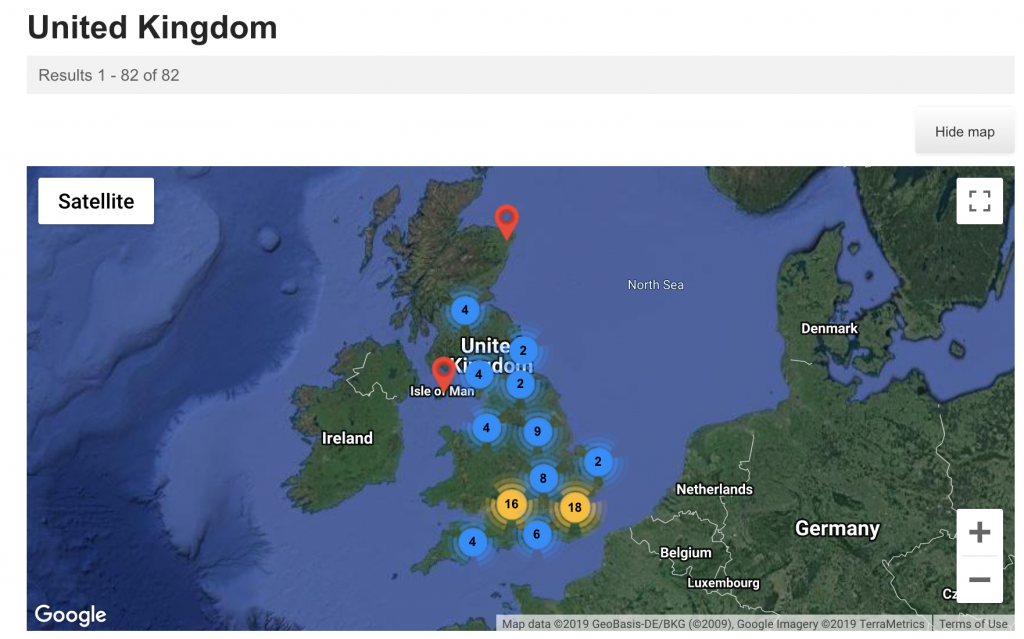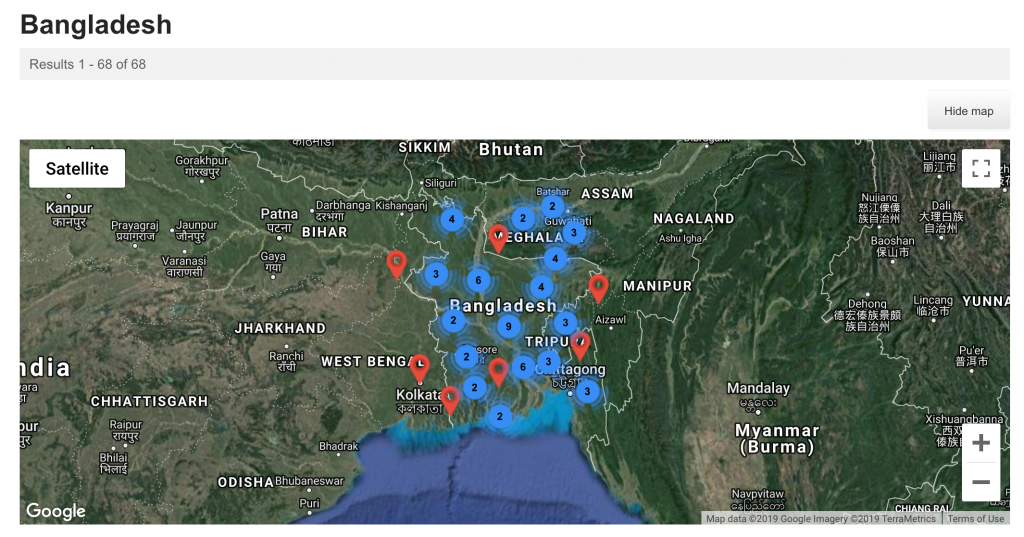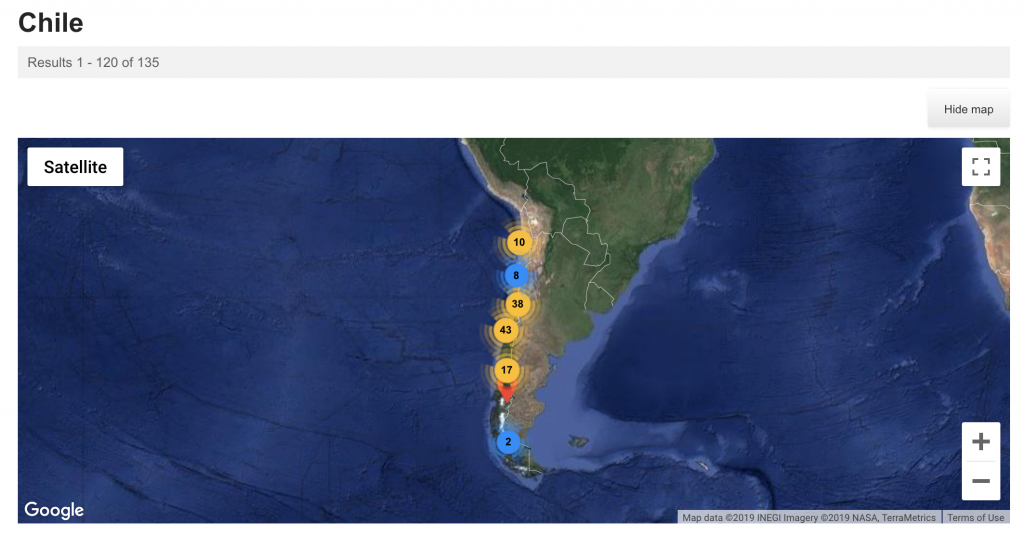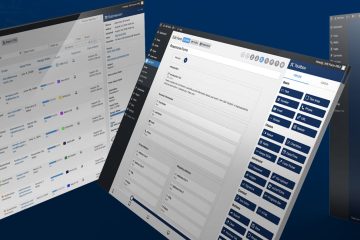JoomlaGov Shows You All Government Websites Using Joomla

Here at Watchful, we love to support high profile users of open source. Every day, we help governments, universities and other large organizations to use Joomla and WordPress.
It is inspiring to see the work of Matthew Philogene, one of the Watchful team members. He has just relaunched JoomlaGov.info which lists over 3,300 government web sites built with Joomla.
If you want to see what’s possible with Joomla, this site is a great place to start. I spoke with Matthew about the site relaunch.
Can you introduce yourself and JoomlaGov?
My name is Matthew. I work as a server admin for Watchful and am also the owner of raramuridesign. Our company has been working with Joomla since it came into existence.
We have also co-organized nine JoomlaDay’s in South Africa. Over the years we have worked with several well-known content management systems, including some obscure ones.
JoomlaGov has one aim: to provide a platform showcasing all websites built for Government entities.

How do you collect all the data?
We scraped the Joomla Wiki and extracted data for each website link into a CSV file. The website name, href link, and category (country) were recorded for each entry.
Once we had this data, we wrote a script to parse the CSV file and visit each site to take a screenshot in a set resolution. The script then cropped all the images to the same size and renamed them appropriately. This automation took roughly 15 hours.
We then had to solve the issue of getting the data into Joomla. As we didn’t want to enter 1,750 articles manually, we had decided to use the K2 extension. We use the Title, the Country is set up as a category, and the site screenshot is the main image. We use extra fields for the geo location, and a few other details.
It was decided against doing a CSV import due to possible complications with the images, as they’re not identified in the database but rather by a hashed filename. We decided to automate the process of manually adding each article into the backend – this was a familiar process to us and K2 would then handle the images. So we wrote a script to add each k2 category (country) from the SV file and automatically set the correct inherit parameters etc. We then did the same for saving out each item, setting the appropriate title, category, image and fields. The script of commands to do all this was over 100k lines and had to be split into 10 pieces of 185 articles each. Each batch of 185 articles took about 50 minutes to run.
We had to manually move the items around on the map once they were all in. To increase the speed of the map (initially loading at 50 seconds) we introduced caching, this greatly improved performance. In addition to that, we combined and minified the CSS. We managed to reduce the main map file from 23,000 lines of code to just 4 lines of code.
We recently migrated to a new system that provides improved management and submission capabilities for entries. For more information, please visit: https://joomlagov.info/about.
Did you learn anything from looking through all the sites and data?
I realized that Joomla is widely used in government and local municipalities. Even though we have a lot of competition from the likes of Drupal and WordPress, Joomla is still a great tool for developing websites for local governments.

You’re South African. How is open source treated in SA and in more generally in Africa?
Open Source is seen as a vital tool for companies and for government websites. These entities are looking for cost effective ways to own their own data and not be reliant on proprietary software. The danger with open source is incorrect advice which some companies pass onto these entities. It really is vital to make informed decisions before opting for Open Source as the driving source for your project. African companies in particular leverage a lot of open source tools and this keeps many companies in business.
How can people contribute to the project?
Since we have recently re-launched the site in 2019, we are looking for volunteers to assist with checking the site data of the existing database. We know there are sites who still use Joomla, but a lot of sites are either old, or have moved onto new platforms. If you would like to get involved, register on the site and start submitting updates of the changes which have taken place. Submitting new sites is also welcome.




0 Comments